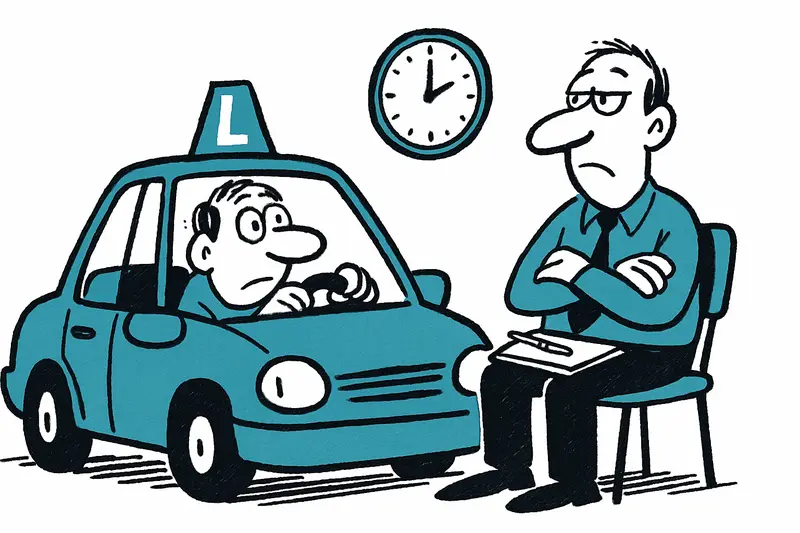On the Balearic Islands, roughly 7,000 driving students are currently in the queue for their practical driving test. A shortage of examiners and longer backlogs are fueling frustration and higher costs.
Waiting, practicing, hoping: Thousands of driving students on the Balearic Islands in a backlog
\nThe headline is quick to tell: On the Balearic Islands, around 7,000 applicants are currently waiting for an appointment for the practical driving test. For many, that means continuing driving lessons, postponing vacations, or taking time off from work. In practice, this means waiting times of up to eight weeks if you fail.
\nFew examiners, full lists
\nThe situation doesn't come out of nowhere. Association president Juana Ribas puts it: There simply aren't enough driving examiners. Currently there are only 16 examiners deployed for all the islands. According to the driving schools industry, at least six additional colleagues would be needed to get the waiting lists somewhat under control.
\nI was yesterday morning in a driving school near Avinguda Jaume III. The instructor shook his head: \"We have students who have been waiting for an appointment for months. Some only take lessons at night again because they have to work during the day.\" Such small, honest everyday scenes tell more than any statistic.
\nExams tougher than elsewhere?
\nAnother point that keeps coming up here: allegedly the exams on the islands are stricter than on the mainland. That's a charge that causes discontent because it hits twice — longer wait times and a higher failure rate. Ribas therefore calls for uniform criteria and more transparency in the assessment.
\nThe consequences are practical: driving students continue to pay for lessons, driving schools plan more tightly, employers must respond more flexibly. For people who rely on the car — for example in rural communities or for shift work — two months without a driver's license is a real burden.
\nWhat could help?
\nSome ideas are on the table: hire additional examiners, offer appointment slots more-flexibly digitally, and standardize examination criteria more clearly. Closer coordination between driving schools and the licensing authority would also save time. Realistically: without additional staff, bottlenecks will persist.
\nIn the end it's not just numbers. There are people nervously waiting for a call, parents who fund driving lessons, and driving instructors who sometimes face more administrative work than driving instruction. A bit more humanity in planning — and above all more examiners — would bring visible relief here.
Similar News

Die Zeit auf Mallorca: Warum die Uhren hier anders ticken
Auf Mallorca läuft die Uhr offiziell anders als die Sonne — ein Erbe aus den 1940er-Jahren, das bis heute unseren Alltag...

Orange Weather Warning for Mallorca: Heavy Rain and Thunderstorms Set the Week
Aemet warns: Monday and Tuesday on Mallorca are under orange alert. Heavy rain, floods, and traffic disruptions are poss...

Life-threatening swimming accident in Ibiza: 73-year-old revived on the beach
During severe storms, a 73-year-old visitor swam despite a red flag. Lifeguards rescued her, and she is now seriously in...

Mummified Body Found in Abandoned House Near Santa Margalida
Between Can Picafort and Son Serra de Marina, teenagers discovered a mummified corpse in an abandoned house. Identity an...

Large Rockfall Blocks Ma-2141 Road Near Sa Calobra
After heavy rainfall, several rock blocks toppled onto the winding Ma-2141 toward Sa Calobra over the weekend. The road ...
